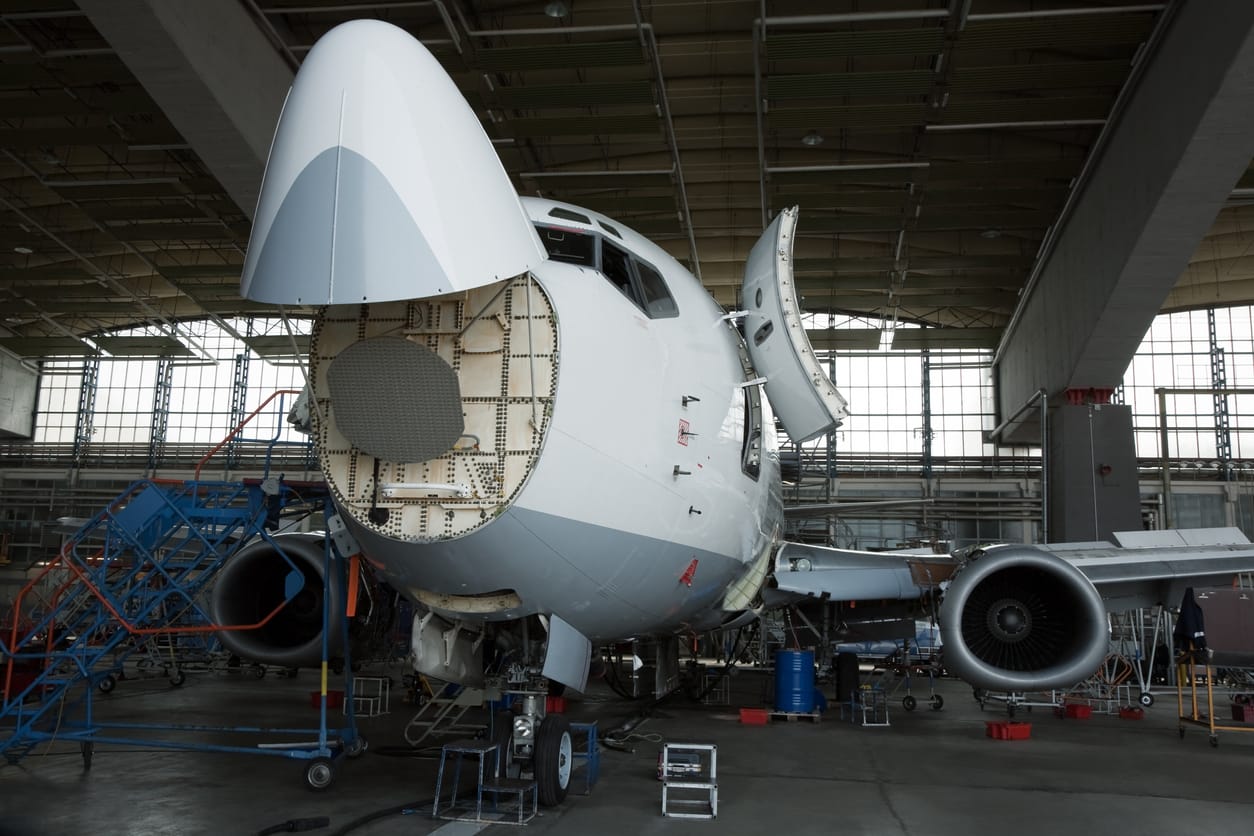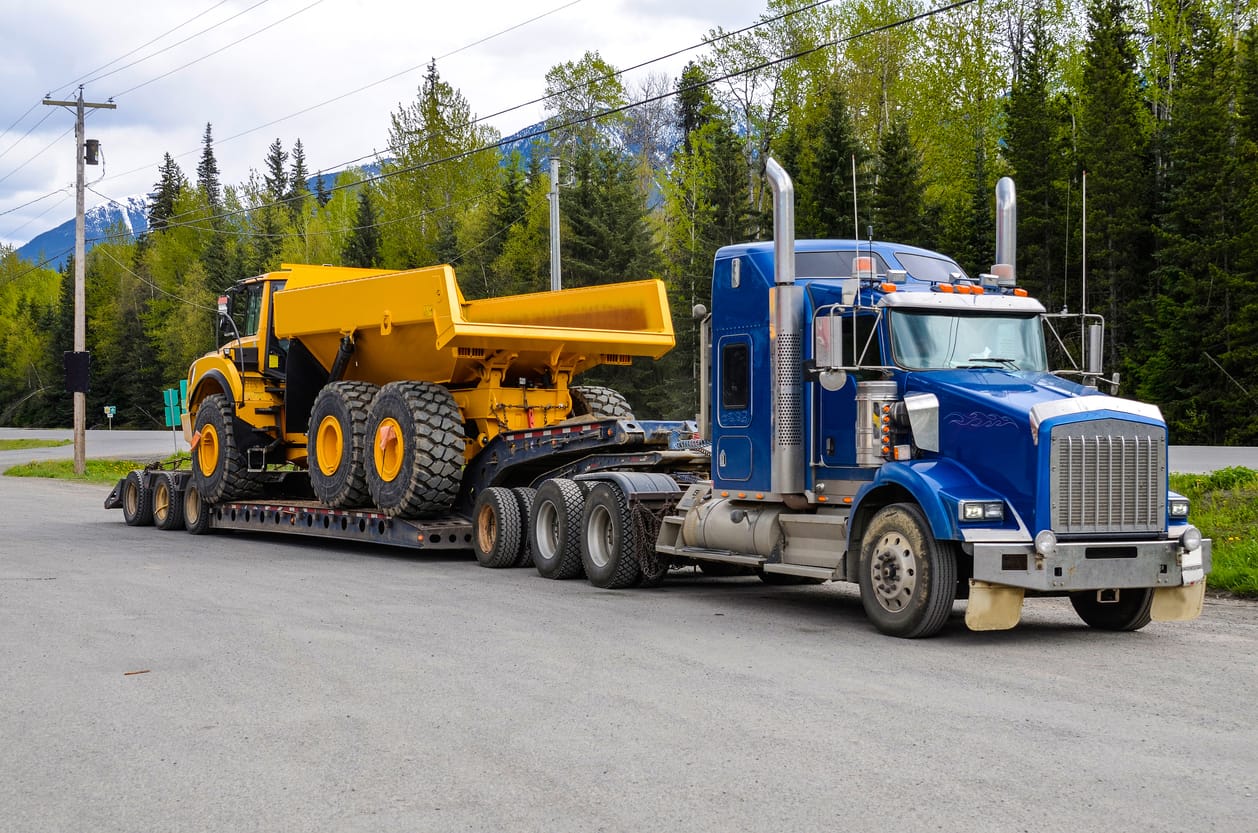One of the most difficult and daunting objects to have shipped are aerospace equipment. Due to the delicate nature of the shipping process, the logistical support that is required is astounding. If you simply don’t know where to start, or need a little guidance, this article will help you every step of the way.
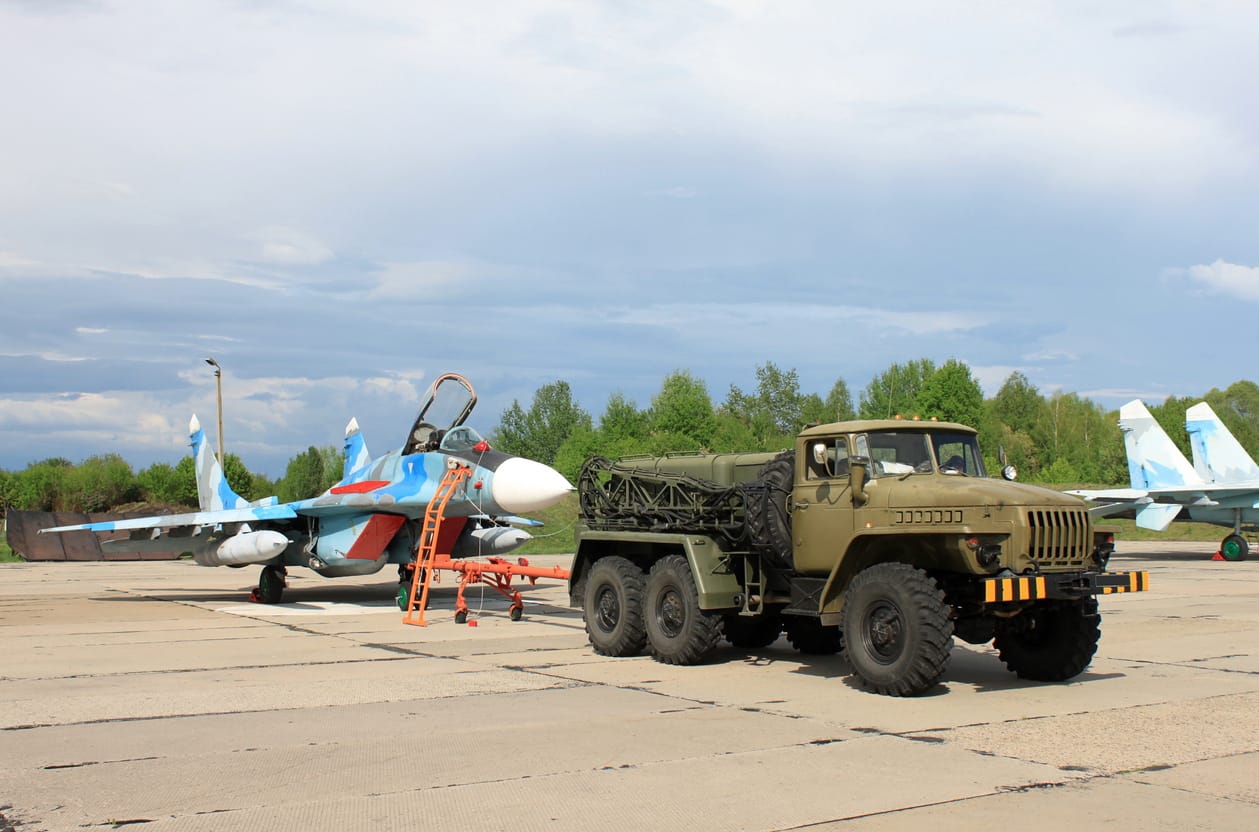
Before covering exactly how to ship this equipment, one must understand what constitutes aerospace equipment. Technically, aerospace equipment would consist of anything that would be used on aerial vehicles or weapons. There are a few examples to provide a reference:
- Aircraft engines
- Rotors
- Guidance systems
- Propulsion units
- Landing gear
It is extremely important for aerospace equipment to arrive at its destination safely as they are being installed on equipment that is flying 30,000 feet in the air. If equipment arrives damaged, they are essentially useless as they could be detrimental to the aircraft, and the aerospace workers.
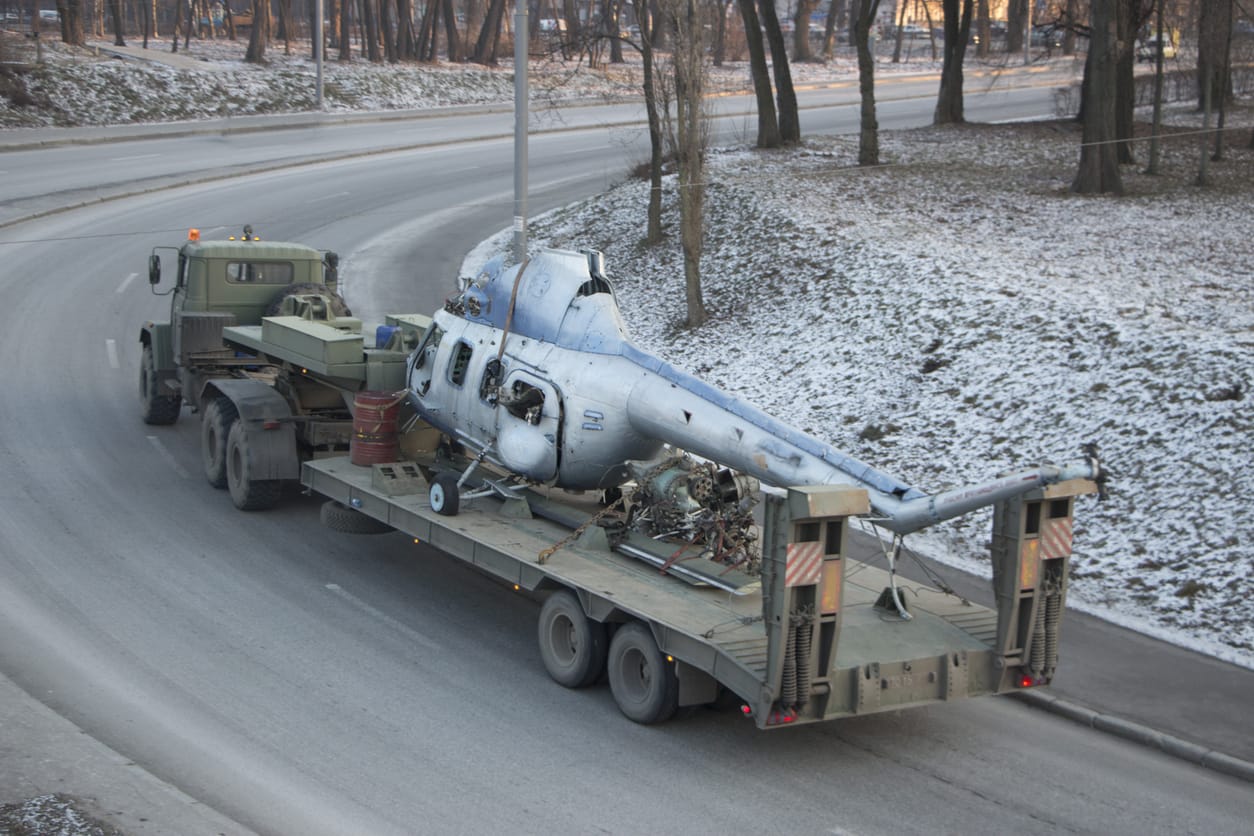
When shipping aerospace equipment, there are a few steps that are important to follow. Following the steps makes it much easier to break down the process so you are not overwhelmed during the shipping process.
- Determine the shipping method (AOG, parcel, heavy or high value shipments)
- Inspect equipment
- Follow compliance regulations
- Handle customs regulations
- Obtain the required permits
- Sign up for insurance for shipments
Much like any other package, aerospace equipment can be transported over sea, air, and land. The equipment that is smaller may be transported by plane, while equipment that is overweight and oversized must be shipped through cargo ships and trucks.
When the aerospace equipment is shipped over land, it is typically hauled on an open deck trailer. The open deck trailer enables the truck to carry the heavier pieces of cargo to transport the equipment. There are a few different types of open deck trailer, but the most common is the lowboy. This type of trailer is, to nobody’s surprise, lower to the ground and sometimes very long. In addition, flatbeds, removable goosenecks, step decks, and sliding axles may be used to haul the heavier cargo. Of course the open deck trailer is not enough to complete the transport, the equipment must be firmly secured to the trailer as well. Furthermore, some pieces of equipment may be damaged from rain and snow, so it should be covered by a tarp or another piece of protective equipment during transport.
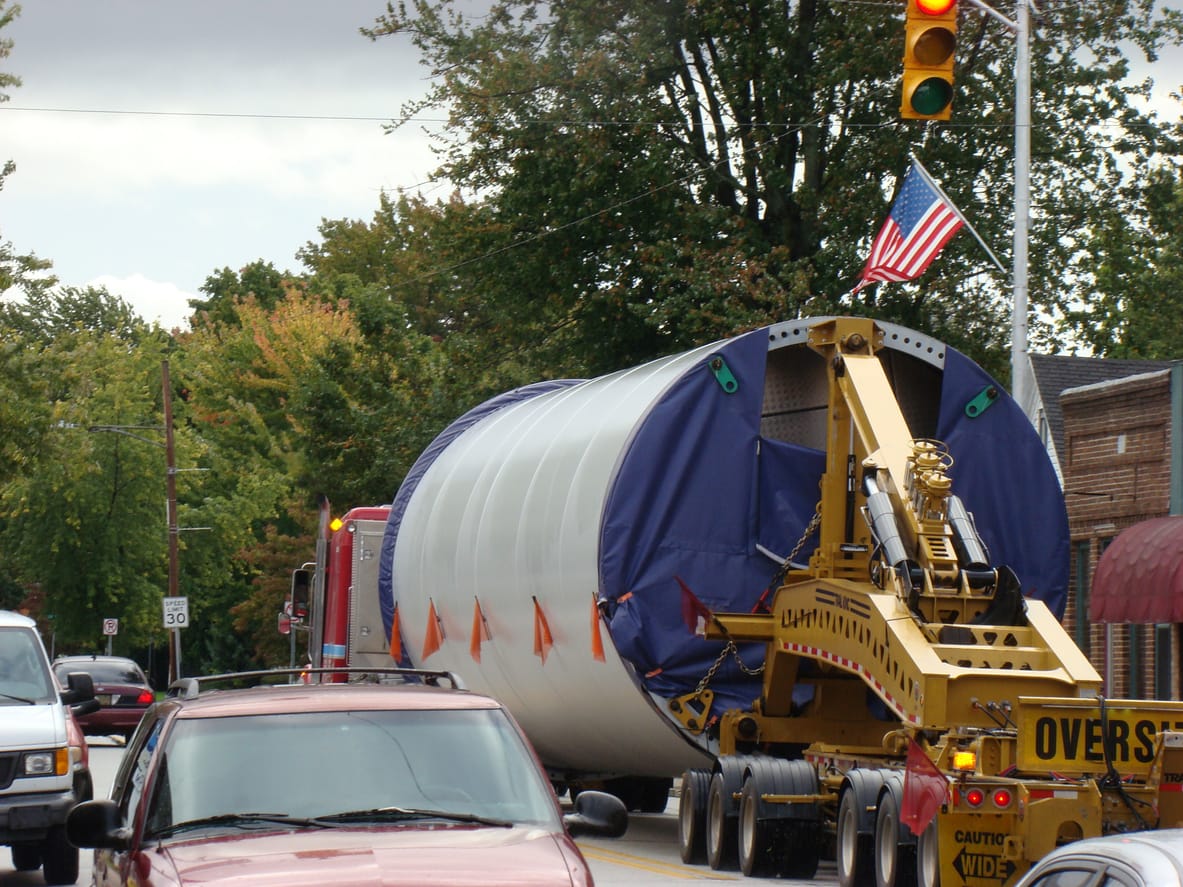
While transporting aerospace equipment may seem daunting, there are a few different options that make it easier to complete your transportation needs.
- AOG Freight
The first option is through Aircraft on-ground, which is typically requested when an aircraft is in dire need of parts in order to work. This is typically shipped through the air so it is relatively quick, but will cost quite a bit to accomplish.
- Small package
- What constitutes a small parcel is if the equipment is less than 150 pounds, which means it may be transported by air or using a carrier to ship the equipment on the ground.
- This option is beneficial because it is cost efficient when compared to expedited shipping.
- Heavy Freight Shipping
- The method is required when shipping something over 150 pounds as it is not able to be labeled as a small parcel.
- Due to the size and extra planning required, this option typically takes more time to complete.
- What constitutes a small parcel is if the equipment is less than 150 pounds, which means it may be transported by air or using a carrier to ship the equipment on the ground.
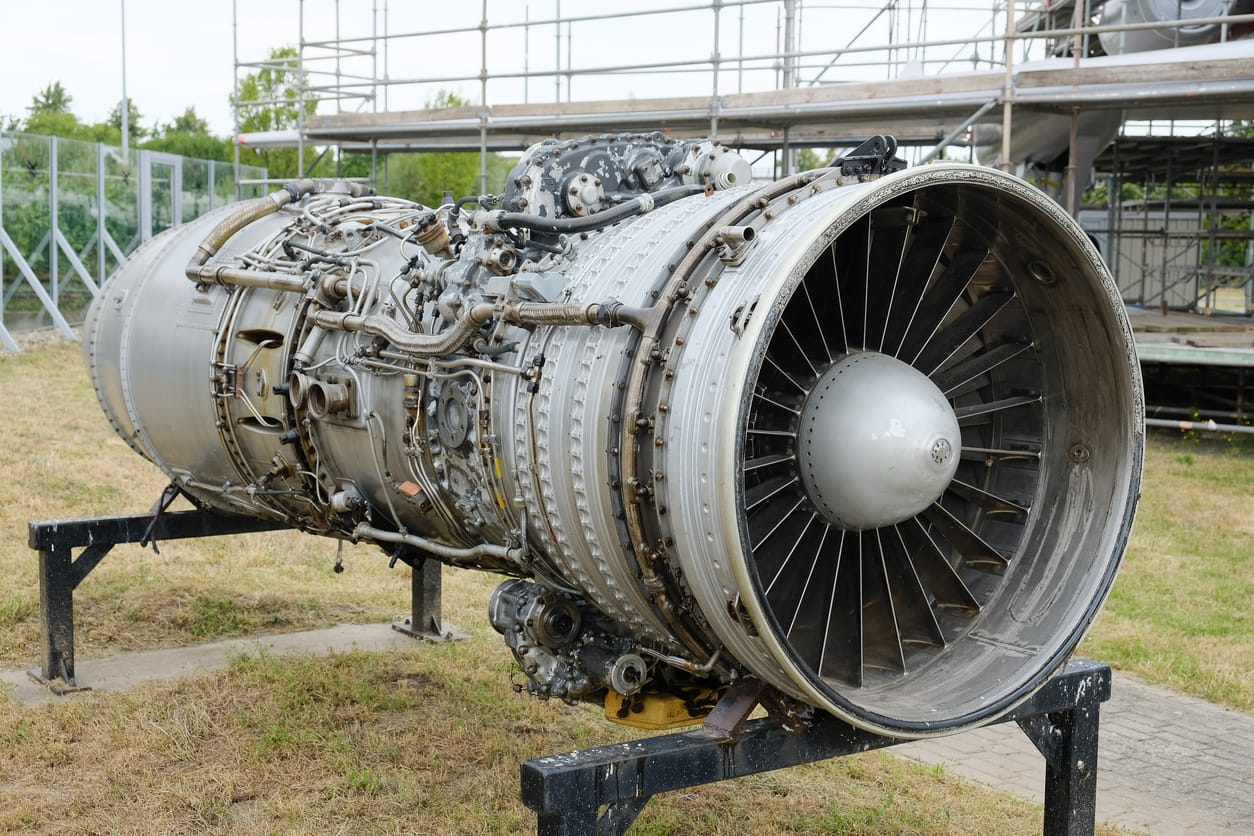
After you have determined how you are going to transport the equipment, it is important to follow a few different steps to ensure your equipment arrives safely.
- Inspect Equipment and its Route
- The first very important step is to assess the equipment you are transporting. Furthermore, some equipment may have fluids that must be drained before being transported, if they are not properly drained it could be extremely dangerous to transport. In addition, some pieces of equipment have electrical systems and batteries must be disconnected before travel.
- Obviously each aerospace equipment is different from one another, and preparing for transport for each piece of equipment is slightly different.
- It is extremely important to plan even more when transporting oversized and overweight equipment. One has to worry about loading and unloading the equipment, and how to ensure it is secure for travel. When transporting oversized and overweight equipment, cranes are typically involved. Furthermore, you must plan out the route to make sure there are no clearance issues or other obstructions like power lines or low hanging trees that will cause disruptions during travel.
- Check Compliance Regulations
- The Federal Aviation Administration has many regulations in place when it comes to transporting aerospace equipment. Of course the regulations will depend on what you are transporting.
- Title 14 of the Code of Federal Regulations (CFR) covers all regulations that the FAA has for aerospace equipment and vehicles.
- Hazmat aerospace equipment must have the required documentation for travel. When transporting hazardous material, the DOT outlined the following as required information for travel:
- Shipping papers with a description of the item.
- UN identification number
- The correct shipping name
- The hazard class of the item.
- Packing group
- Quantity of the item being shipped
- Number and type of packages if applicable
- Emergency contact information
- Certification from the shipper
- When shipping out of the country you must follow the regulations outlined by the Customs and Border Protection (CBP). In addition you would have to follow the rules and regulations that the country you are shipping to has outlined, and in most cases must pay a tariff and customs duties.
- Permits or Clearances
After finding all of the regulations you must follow, you then have to get the required paperwork filled out so you are able to transport the equipment legally.
- Insurance
Even though you followed all of the steps to a tee, transporting the equipment can still be dangerous, so it may be vital you take out some insurance on the equipment.
- Cost
Of course shipping aerospace equipment will depend on what the piece is and how large it is. Typically, transporting aerospace equipment will be around $2.30 to $10.00 per mile, and in some extreme cases, over $10.00 per mile.
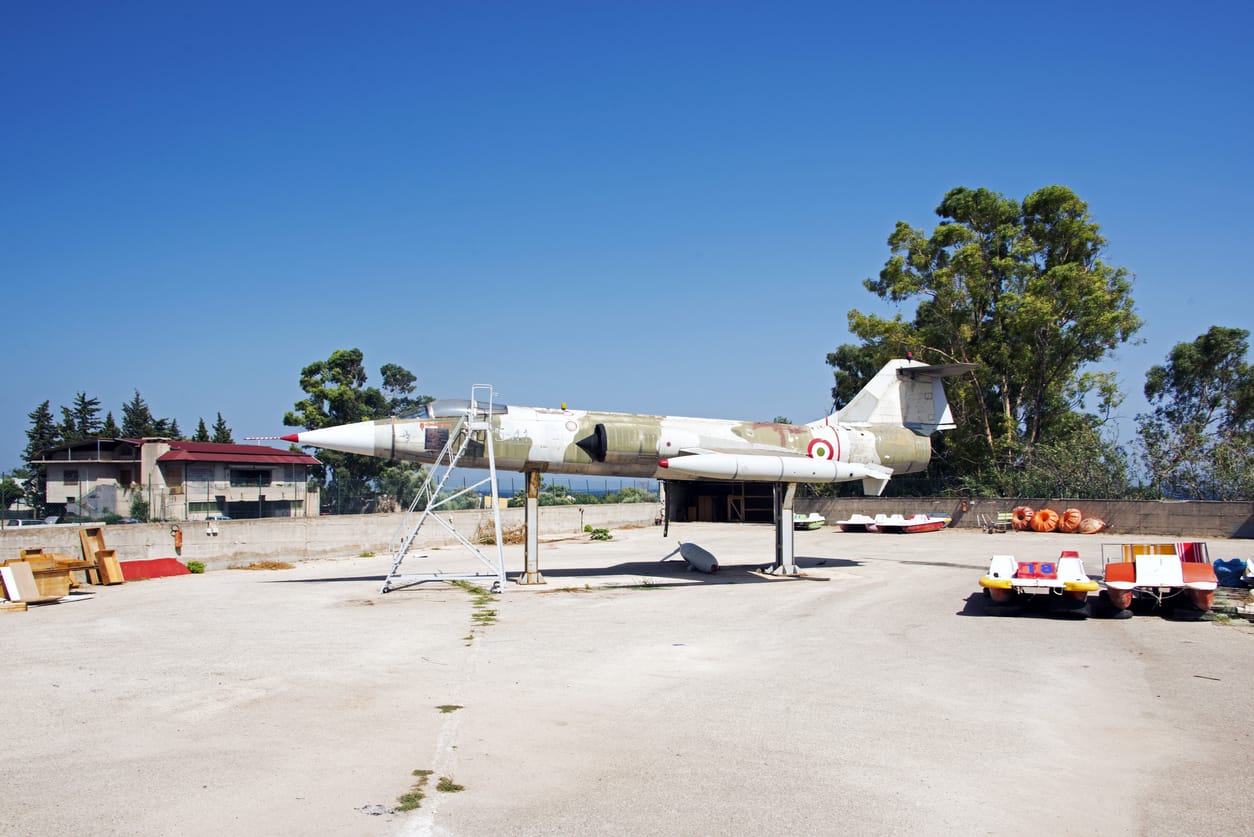
Shipping aerospace equipment is a completely different beast to ship when compared to shipping a package to your friend in another state through the USPS. There are many different things to consider when you are shipping pieces of equipment this large. It is important to follow the steps laid out in the article so you are able to complete the job with no mistakes. If mistakes are made, it can be detrimental to your business, and could put the people transporting the goods at risk.
If any part of what you read above seems too much for you to handle on your own, give our specialized and experienced SAC agents a call at (866) 452-3657. SAC will take out all the guesswork and handle the entire aerospace equipment shipping on your behalf.
